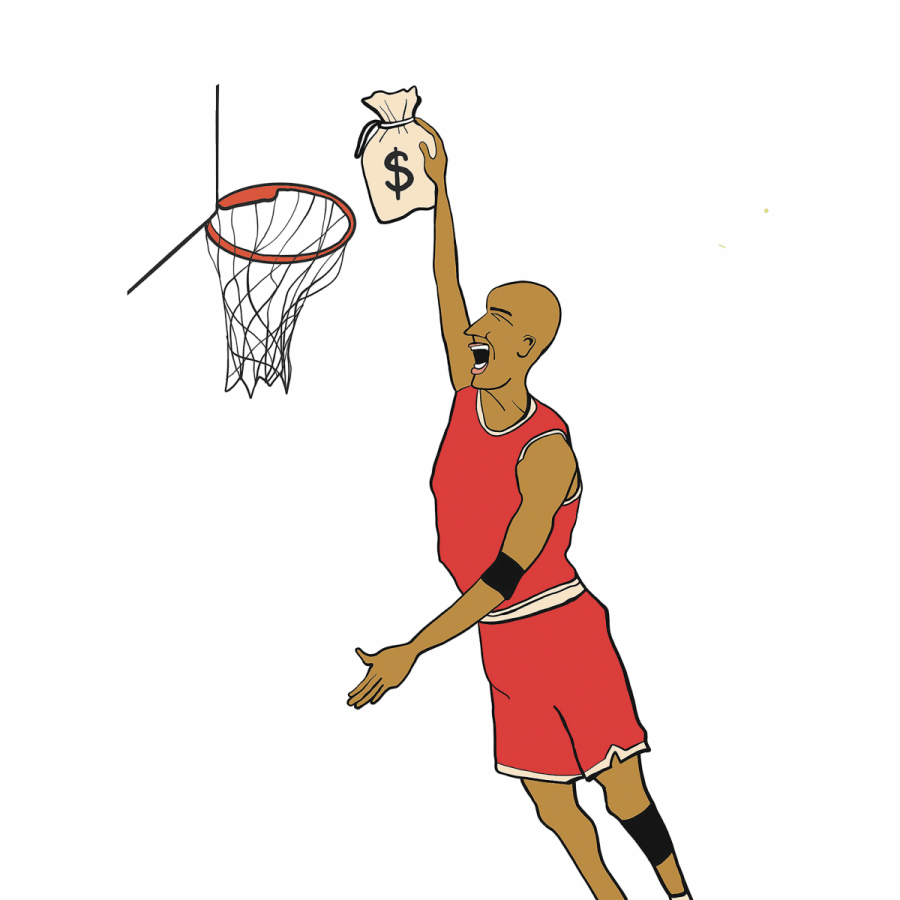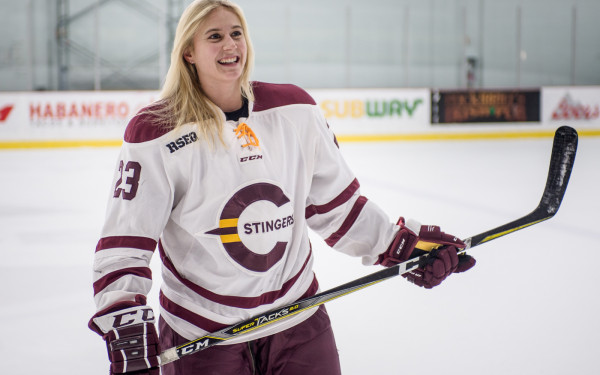A Glance at the Canadian & American Scholarship Systems
Why Does Canadian Talent Always End Up Down South?
After a remarkable year of Canadian basketball, there’s no doubt that Canadian talent is more present than ever.
Some of the best prospects in NCAA basketball hail from Canada. Duke University’s R.J. Barrett, Arizona State’s Luguentz Dort, and Syracuse University’s Quincy Guerrier, to name a few.
This emergence brings up a question. Why does Canadian talent always move down south?
Canada’s national governing body for university sports, U Sports, offers a wide range of scholarship options for student-athletes. Despite that, Canadians routinely choose to commit to the American NCAA.
One of the roles of U Sports is to deal with the rules and regulations on what universities can give out in terms of scholarships. They decide how many scholarships they can grant per university, per team, and per athlete.
While schools like Concordia can supervise their own scholarship allocations, U Sports remains on top as the head of any decision. Scholarships can be offered both in full and partial formats. The full scholarship format in the Canadian system in most cases grants students their tuition fees in full. So, anything billed by the university itself like tuition, and the cost of course materials, will be covered under a full scholarship format. A partial scholarship can range anywhere from zero dollars to whichever amount the school’s athletic department can allow reconciling, as long as it does not surpass the cap allowed by U Sports. The school and the coaches’ recommendations help to decide how much the administration can give to one athlete.
“The university has to follow the regulations and guidelines, which are pretty clear, that no athlete receives more funding than their tuition,” said Graeme McGravie, Concordia University’s associate director of student-athlete services.
While the full scholarship structure in Canada may seem limited for some, it is actually fully dependent on funding. Each university receives its funding in different ways. For some schools, scholarships come out of their operating budgets. They must work to distribute the money accordingly. For others, alumni or busnesses provide donations.
“You might have a donor that would hand out a scholarship and name it as they please. It’s up to the university to receive that money in any different way and allocate it to their own scholarship funds,” said U Sports Manager of Compliance, Eligibility and Discipline, Tara Hahto.
Canada’s Athletic Financial Award system is a conjunction of budget and scholarships that are given and donated through alumni groups.
“The Georgian scholarship can only be given to male or female hockey players, for example, some are for students on their second year or in programs of specific study. This is determined by the donor,” added McGravie.
Canadian financial scholarships are the same almost everywhere, with the funding being primarily directed towards tuition fees.
“I mean, it’s one less expense that you have to worry about compared to the average student,” said Montreal native and former Regina University Cougar Brian Ofori, who now plays professional Division II basketball in Spain.
“It’s an education, minus the expense,” he added.
U Sports characterizes eligibility in two ways. Either the student-athlete receives full funding after a full U Sports year or they have to complete 18 credits in an academic year. Students must always maintain a minimum 2.0 GPA.
For first-year students entering university, Hahto, said maintaining a minimum grade average of 80 per cent is necessary if they want to qualify for a scholarship.
“It’s an education, minus the expense.” — Brian Ofori
Preserving a good academic standing is an important rule when it comes to eligibility in the Canadian university system. The students also get five years’ worth of playing time which allows them to play more while being at school.
It is no longer an uncommon situation for athletes to ask coaches what they have to offer them in terms of scholarships when recruiting in Canada.
McGravie explained that student-athletes now look at different universities and look at whether they can be enticed by the school.
“The coach is always advised to look at what type of scholarships are available,” he said. Student-athletes have a portal they can visit to consult the different types of scholarships available.
The academic system in Canada puts an emphasis on education while playing a sport. Scholarships can seem limited for some but receiving a free education that can prepare student-athletes for the future is a good deal, acknowledging the reality of limited opportunity on the professional athletic level.
The NCAA system, on the other hand, is quite different. A full scholarship in college in the United States means full coverage of tuition fees, room and board, which includes their housing fees, meals, and course-related books. These are called inclusive scholarships.
To be eligible for a scholarship at a Division I school in the NCAA, the student must have a minimum SAT and ACT score.
Some schools go with the minimum NCAA requirements, but others require more from student-athletes.
“For Ivy League schools, their standards are much higher than the minimum required in the NCAA,” said Villanova Wildcats assistant coach Kyle Neptune.
In spite of the fact that the NCAA schools offer full scholarships, these are not given to everybody on the roster.
Neptune explained that Villanova does not use all of its scholarship cap budget.
Also, the partial scholarship format that exists in Canada doesn’t exist in the NCAA.
“In basketball Division I, you’re either on a scholarship or you’re not,” added Neptune.
The average attendance of a regular season Villanova game is almost 12,000 fans on average if they play at the school’s gym.
Their other home games are played at the Wells Fargo Arena in Philadelphia, home of the NBA’s Philadelphia 76ers. There they can get anywhere between 15,000 and 20,000 fans per game.
The average attendance at Concordia University per basketball game on a good night would be around 300 people.
Attendance not only generates additional revenue, but broadcasting deals are also a critical factor. Most big teams in the NCAA have a deal with television stations.
This is a luxury that Canadian teams don’t necessarily have, save for the Université de Montréal Carabins football team or the Université de Laval Rouge et Or, who have broadcasting deals with TVA Sports.
This reality allows for understanding the reason behind Canadian talent joining the big stage. What athletes fail to acknowledge sometimes is that going down south doesn’t mean that they will become prominent superstars. The demographics of the United States make it hard for everyone to stand out.
The superstar of one city in Canada can go join a team at an American school and lose their prominence.
Hahto said that athletic scholarships have been an emerging topic in the last few years. She explained that the U Sports rules are debated quite regularly.
“I don’t think you’ll see a change next week, but it’s not outside the realm of possibilities,” she explained.
Concordia’s McGravie also spoke about the Fondation de l’athlète d’excellence du Québec, an organization that grants private scholarships set up in conjunction with the RSEQ.
“They have been trying for last 25 years to keep student-athletes in Quebec, if we find out that there is a student-athlete then we can encourage them to apply to get some money,” said McGravie.
Programs like this are a push to keep homegrown talent up North and show that there are opportunities to shine right at home.


_600_832_s.png)

_600_375_90_s_c1.jpg)
3_600_375_90_s_c1.jpg)
_600_375_90_s_c1.jpg)
